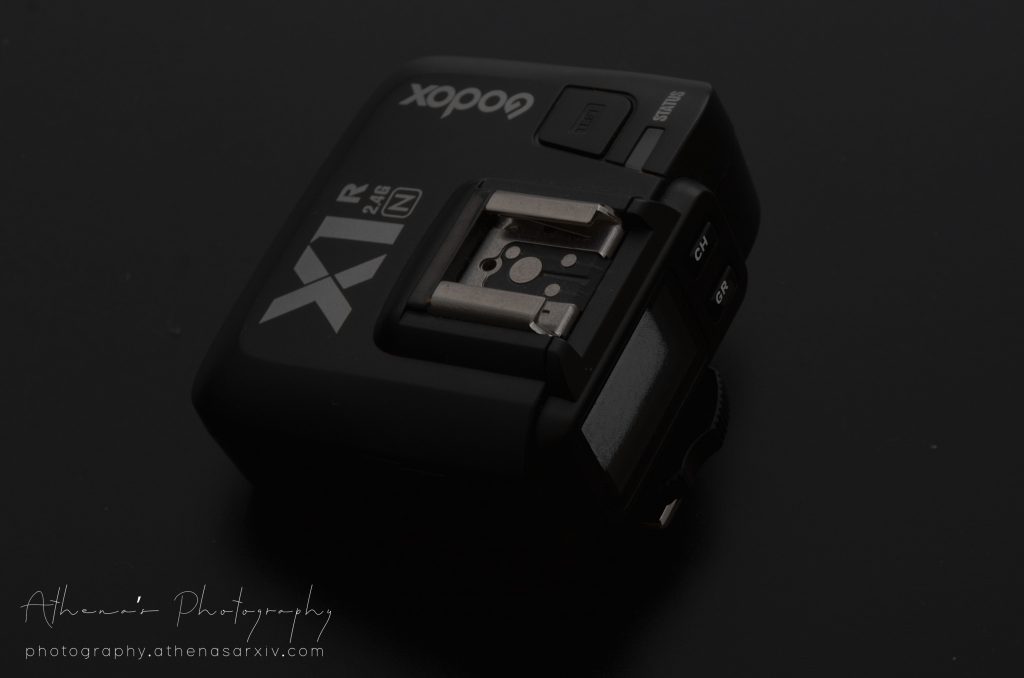Apart from the camera and the lens, there are several camera accessories without which a photographer’s basic kit remains incomplete. Among those, the tripod and the memory card are the most relevant. But there are also several other camera accessories which often comes handy while taking a photograph. We will discuss those one by one here.
Tripod
A tripod is the first thing you should consider buying as a photographer. This is particularly important when you are taking long exposure shorts, for example, during low light situations or while taking the picture of a night sky. Tripods come in various prices and you should buy the best one you can afford. I am not a fan of cheap tripods, but if you cannot afford a good one, its better to have a cheap one than having none.
The problem with cheap tripods is that they are not reliable. They often cannot take the load of big lenses, and are quiet unstable in strong winds. They can also break very easily, but in ideal conditions (like a small lens and not having strong winds around) they get the job done.
You should also get yourself a small/mini tripod like the Manfrotto PIXI Mini Tripod. They are small, strong and highly portable and can be highly useful and efficient, given its size and cost. When you are travelling, these are pretty handy if you decide not to pack a bigger tripod.
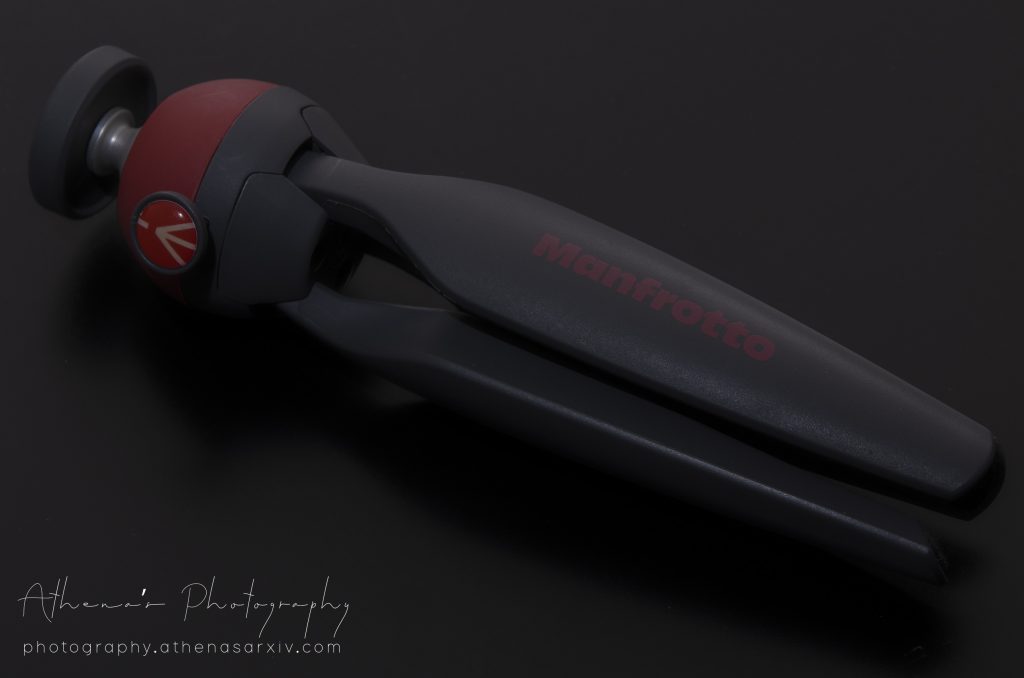
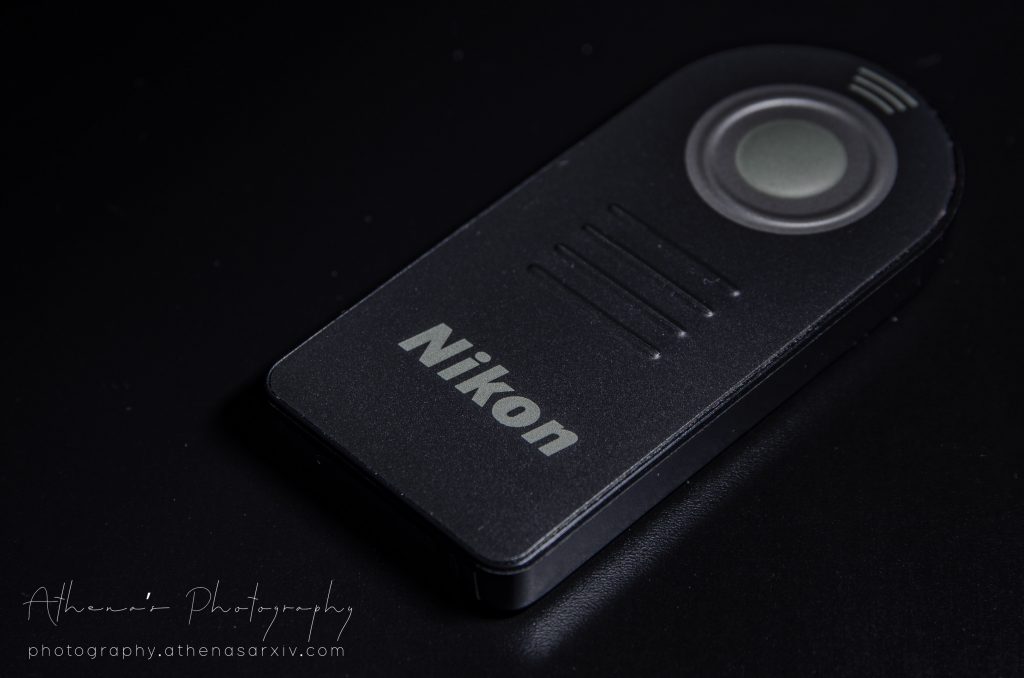
Remote
If you are taking multiple or long exposures, a remote is a must. Once you have set up the composition, you do not want the camera to move anymore if you are taking multiple exposures of the same scene (also called bracketing). If you are taking a long exposure, for example a waterfall with ND filters or the night sky, its best if you do not touch the camera once you have set up the composition. The reason is because you tend to shake the camera when you press the shutter release. This can add some motion blur and reduce sharpness in the final image. In these scenario, I will highly recommend using a remote shutter release. These are not expensive stuff and will save a lot of your photographs.
Monopod
A monopod is similar to a tripod, except that it has only one leg instead of three. They are used to reduce camera shake and add more stability. But keep in mind that the monopod cannot stand independently like a tripod. So its just a support for your camera.
Memory Cards
Recommending a memory card as one of the camera accessories might sound redundant, but here I am not going to advice you get a memory card. That sounds quiet intuitive and I am not going to waste your time. Rather I am going to throw some light on different kind of memory cards and what type of card you should buy. Memory cards are very cheap these days, so its best not to compromise on the quality as they are not going to save you a lot of money, but can be expensive in the long run.
First of all, never buy a non-branded memory card. They are useless and often causes loss of data. Avoid them like a plague. I would recommend you to stick with Transcend, Sandisk, Kingston, Samsung or Lexar. Buy the ones which support 4K video recording and get at least a 128 GB memory card. This will cost you £20 at most.
External Microphones
This is not at all important if you are totally into photography, but if you are also doing videography with your camera, this is one of the most important camera accessories. Unfortunately the in camera microphone of almost all cameras are terrible, and unless you want to completely replace the audio in the video track, you need to have an external microphone connected to the camera. If a RODE is beyond your budget, you can get some cheap Chinese stuff on Amazon or ebay. These are at least better than the in camera microphone.
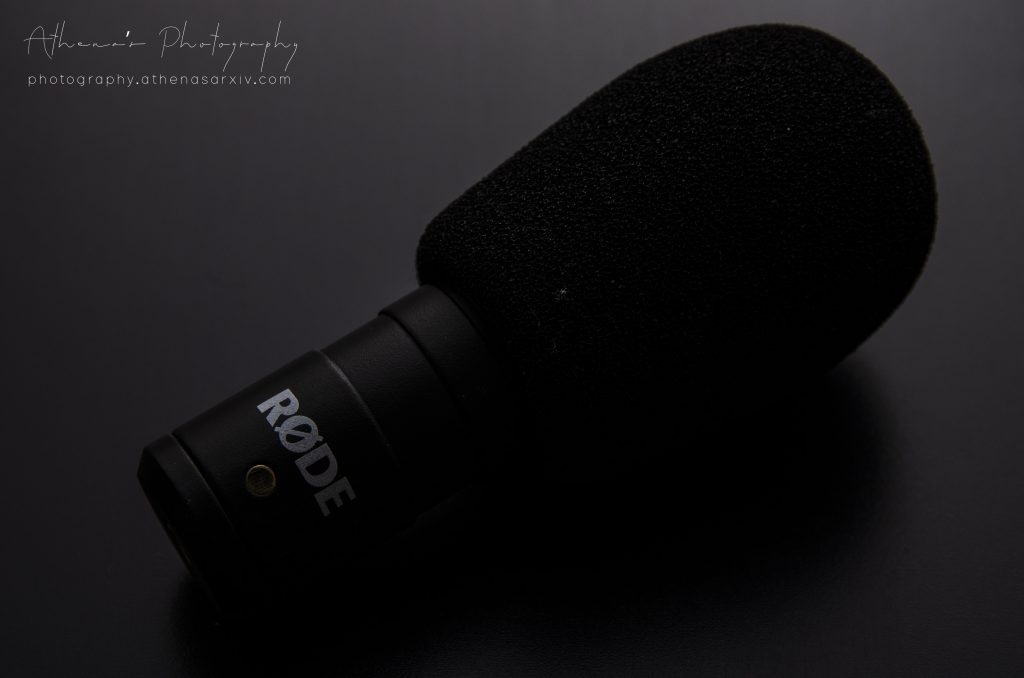
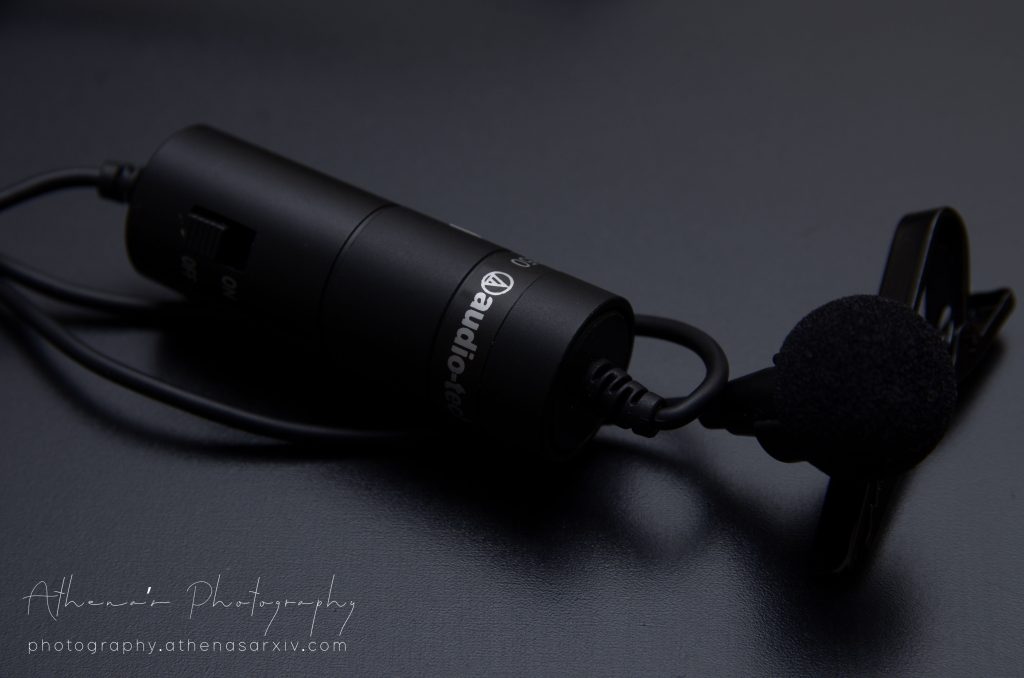
Macro Extension Rings
I am not sure if you have ever heard of macro photography. If not, you can check out this article. In short, macro photography is the branch of photography which deals with photographing very small subjects with a very high reproduction ratio. Reproduction ratio is the ratio of the subject size on the sensor to the actual subject size. You might have seen some photographs of a tiny insect where you can see every detail in its body clearly. That is macro photography. It can be done using lenses designed specifically for macro photography, which are normally quite expensive. A cheaper alternative is to use macro extension rings. They are rings which are placed between the camera mount and the lens mount and allows for a better reproduction ratio.
Wireless Flash Transmitters (TX) and Receivers (RX)
If you are into flash photography, this is a must. Without these, you lose a lot of freedom for setting up the lighting on your subject. With the transmitter-receiver pair, you can set up your flash (or even multiple flashes) where ever you want as the flashes can be triggered remotely. If you have the money, you can buy a PocketWizard, else go for Godox. I personally own the Godox X1T transmitter, but you can go for X2T or XPro if you want. All these transmitters can trigger multiple flashes simultaneously and supports HSS. As the receiver, I use the Godox X1R. This receiver supports HSS too.

